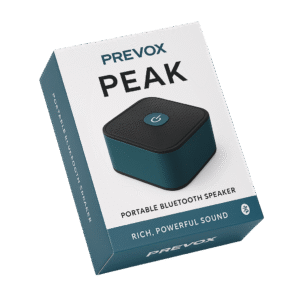Home » Packaging Prototypes: What You Need To Know
Packaging Prototypes: What You Need To Know
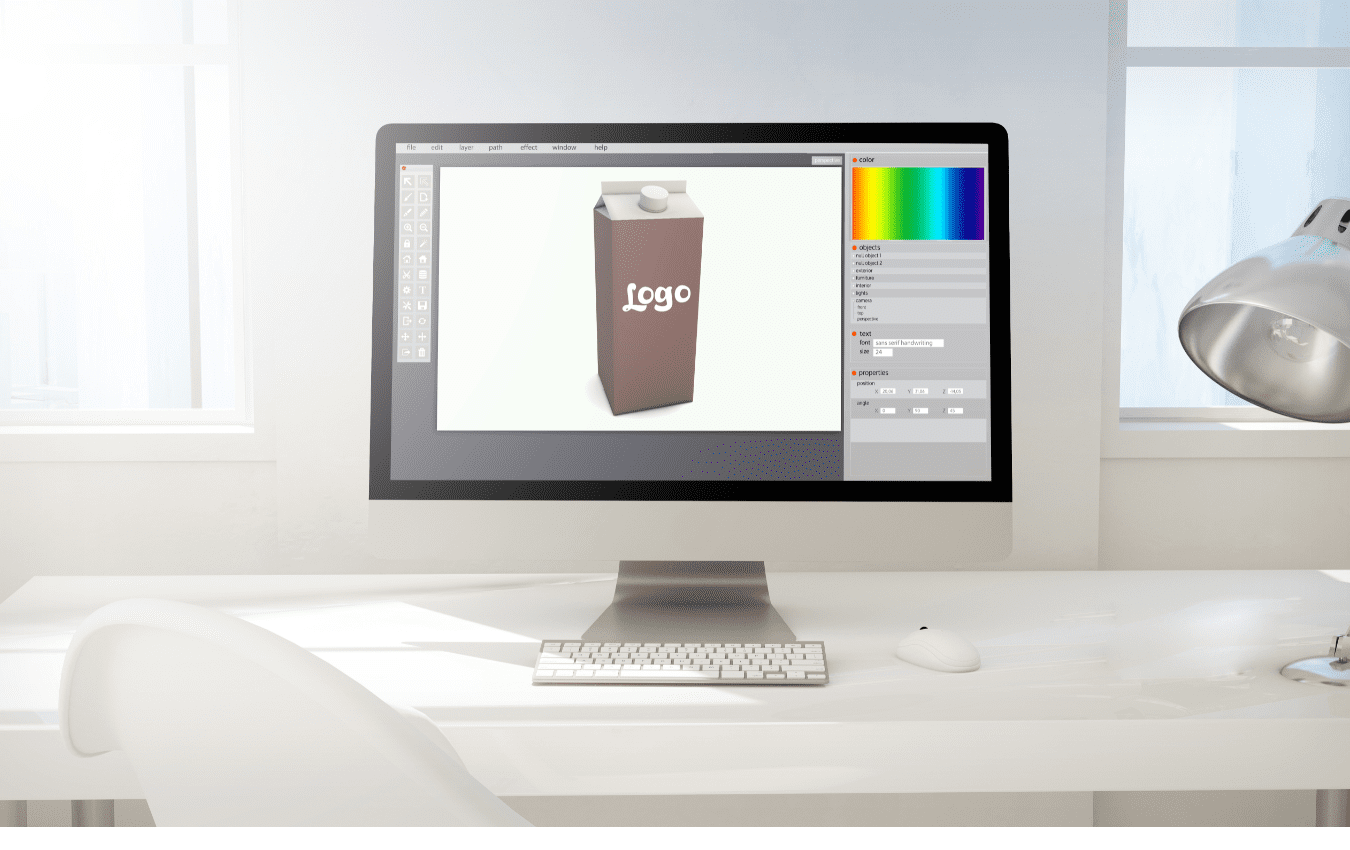
A packaging prototype is a sample or mockup of your packaging concept used to test function, design, and marketability before full production. Prototypes give buyers the opportunity to validate packaging performance, evaluate graphics, and make adjustments to avoid costly mistakes.
Why Prototypes Matter
Provide peace of mind before mass production
Serve as a final sign-off for manufacturing
Help buyers compare design variations and make informed decisions
Reduce risk of wasted materials, inventory loss, and branding errors
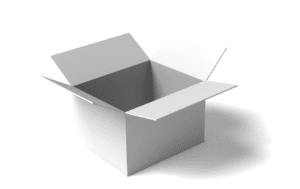
Concept Creation
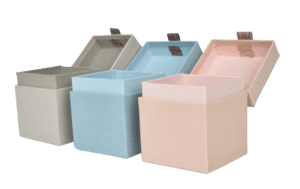
First Article
Types of Packaging Prototypes
Physical Prototypes
Provide a tangible sample to inspect functionality, strength, and appearance. Typically produced with digital printing for cost efficiency.
Concept Creation (3D Mockups): Early-stage samples that show shape and function. May lack accurate color or material properties.
First Article: Pre-production sample created after an order is placed; ensures buyer approval before mass production.
Production Sample: Most accurate version pulled from the actual production line; costly and time-intensive, but best for high-value packaging.
Advantages: Hands-on inspection, true structural testing.
Limitations: Higher cost, longer lead times.
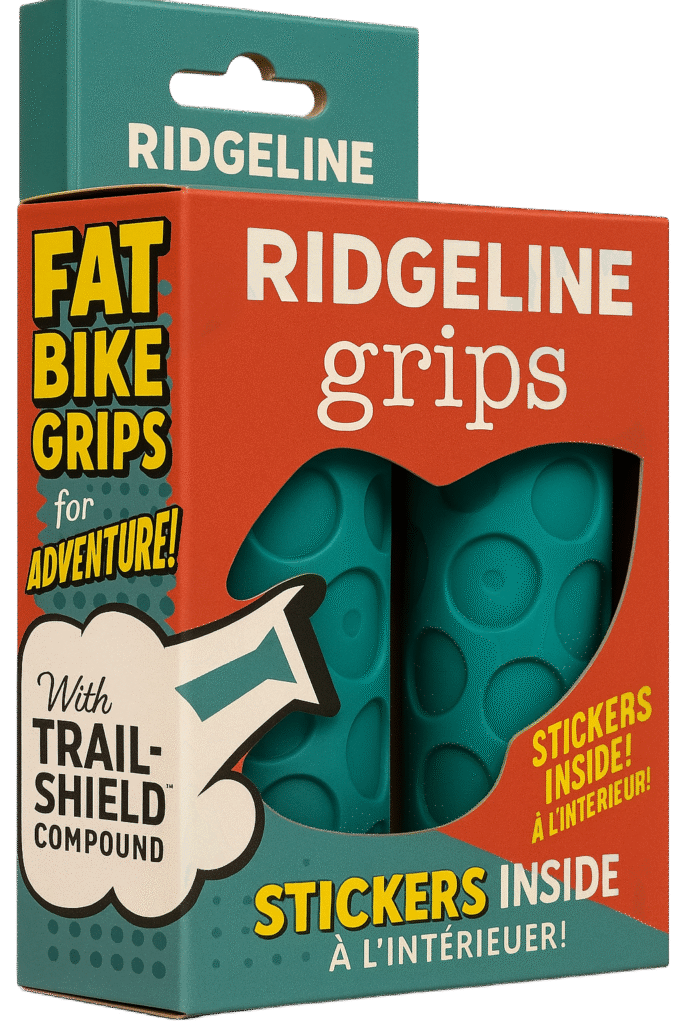
Virtual Prototypes
Digital methods using 2D or 3D modeling software.
3D Renderings: Photorealistic models created with CAD, often shown in simulated retail or supply chain environments.
2D Dielines: Flat layouts showing measurements, folds, and graphics. Useful for design alignment before physical production.
Advantages: Fast, low-cost, easily shared and modified.
Limitations: Not physically testable.
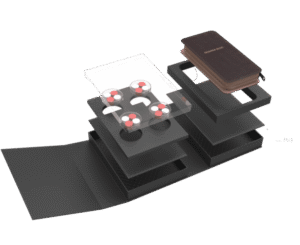
3D Rendering
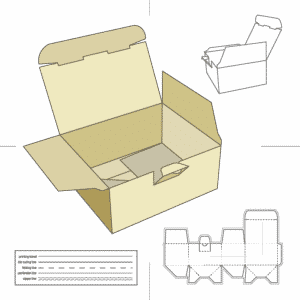
2D Rendering
Key Considerations
Supplier Capabilities: Not all suppliers offer both physical and virtual methods.
Budget: Physical prototypes cost more; virtual is budget-friendly.
Packaging Type & Materials: Complex structures (like POP displays) cost more to prototype than simple mailers.
Lead Time: Virtual is faster; physical requires more resources and time.
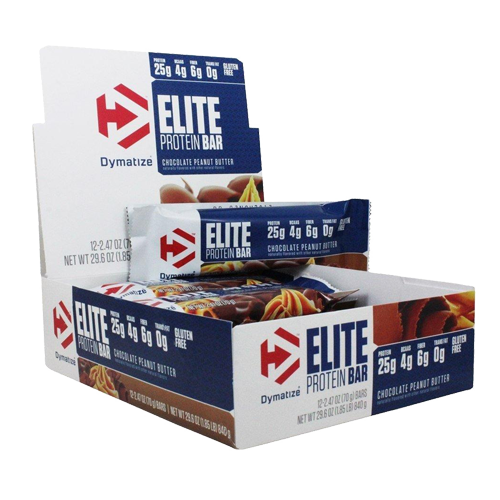
When to Use Prototypes
Large Orders: To ensure packaging performs before scaling production.
Retail Presentations: Many retailers require physical samples for approval.
Supply Chain Testing: Validate structural integrity in shipping and handling.
Marketing Alignment: Digital prototypes allow easy collaboration across teams.
Ultimately, prototypes safeguard your investment by identifying issues early and ensuring your packaging meets both functional and branding goals.
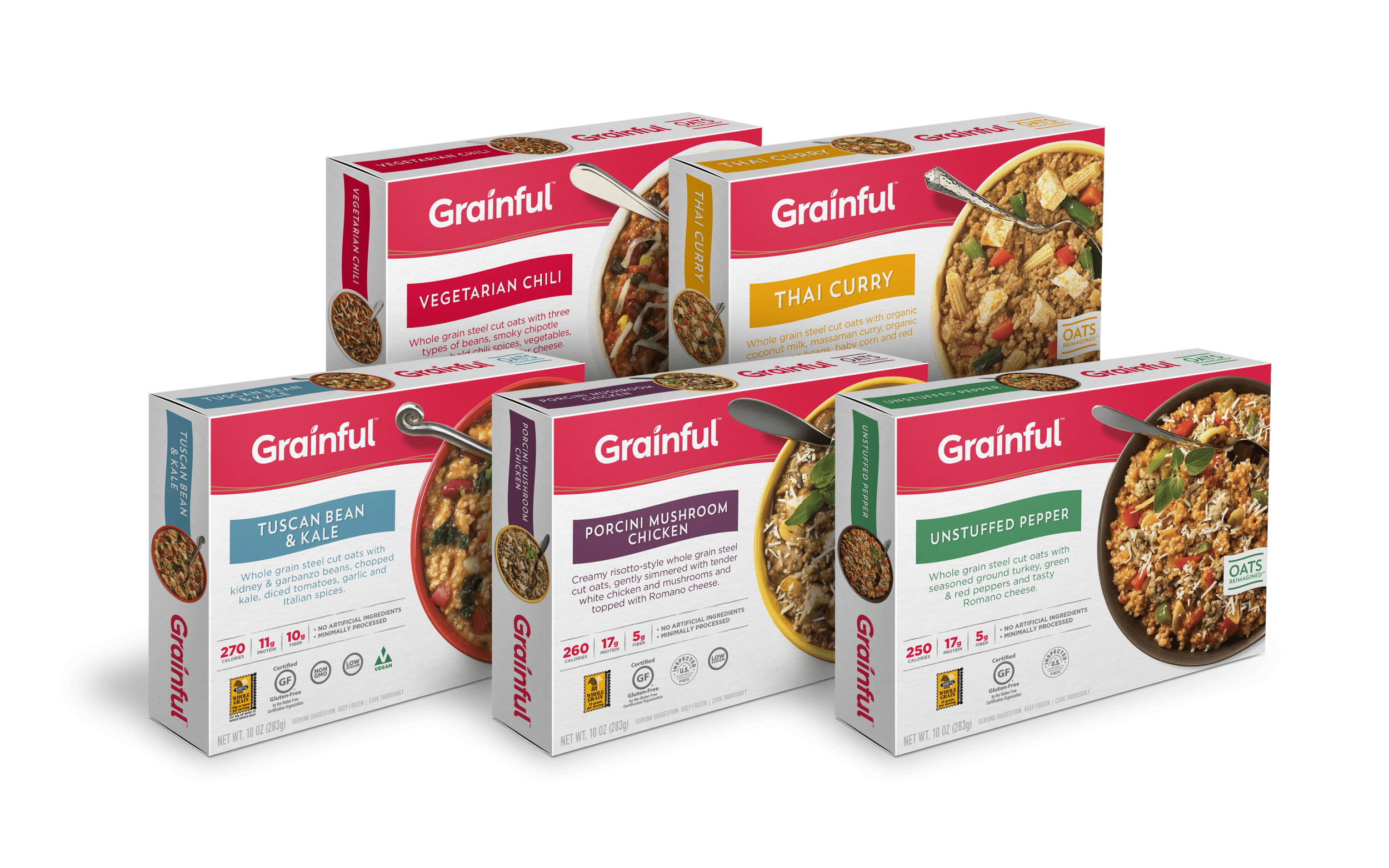
Work With Brown Packaging
At Brown Packaging, we provide both physical and digital packaging prototypes to help businesses make confident decisions before production. Whether you need a structural sample, a 3D rendering, or a production-ready proof, our team ensures your packaging is tested, validated, and ready for market. Contact Brown Packaging today to get started.
References
Soroka, W. (2016). Fundamentals of Packaging Technology (5th ed.). Institute of Packaging Professionals.
Institute of Packaging Professionals (IoPP). (2023). Prototyping in Packaging Development. Retrieved from https://www.iopp.org
Robertson, G. L. (2016). Food Packaging: Principles and Practice (3rd ed.). CRC Press.
As tariff changes reshape global trade, packaging buyers moving production from China to the U.S. or nearshore regions face a new challenge: supplier qualification. Transitioning
With new tariff proposals and continued trade uncertainty, 2026 is shaping up to be another pivotal year for packaging sourcing strategy. Many companies that shifted
Following multiple rounds of tariff changes and trade policy adjustments, 2026 marks a turning point for U.S. packaging buyers. Many who previously transitioned from China
Shifting packaging production from China to the U.S. can help stabilize costs, reduce tariff exposure, and shorten lead times. But the transition process requires careful
RSC boxes are known for their efficiency and versatility, but their performance ultimately comes down to strength. Buyers often see numbers like ECT, BCT, and
In packaging, foam isn’t just about initial protection — it’s about maintaining performance over the entire shipping or storage cycle. Compression set and recovery characteristics
Home » Packaging Prototypes: What You Need To Know

Pouches are a go-to for flexibility and convenience, but they can fail in critical ways—from poor seals to punctures and delamination—that hurt performance and brand
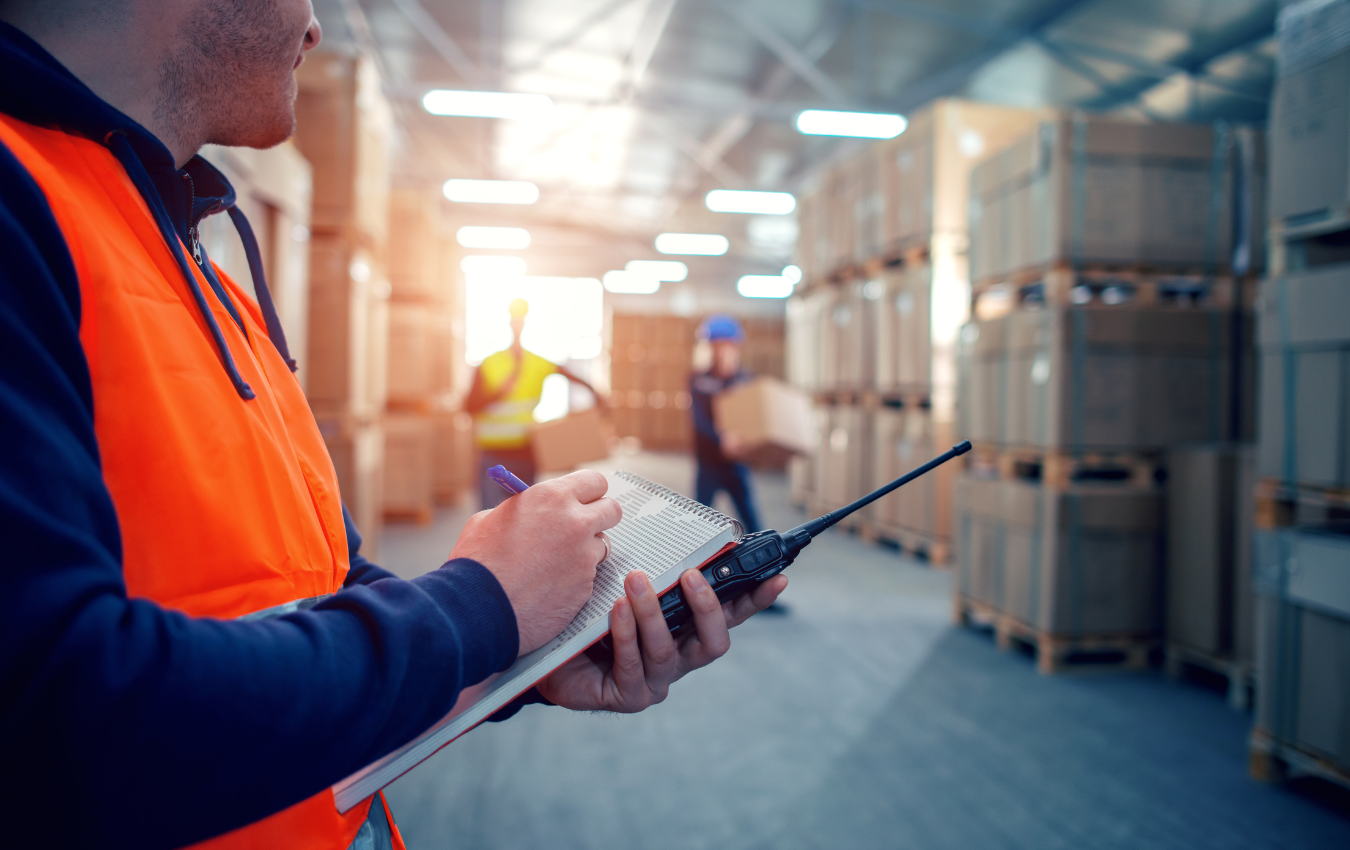
For businesses, the decision to change packaging suppliers can be driven by various factors such as cost, quality, service, or the need for innovation. However,
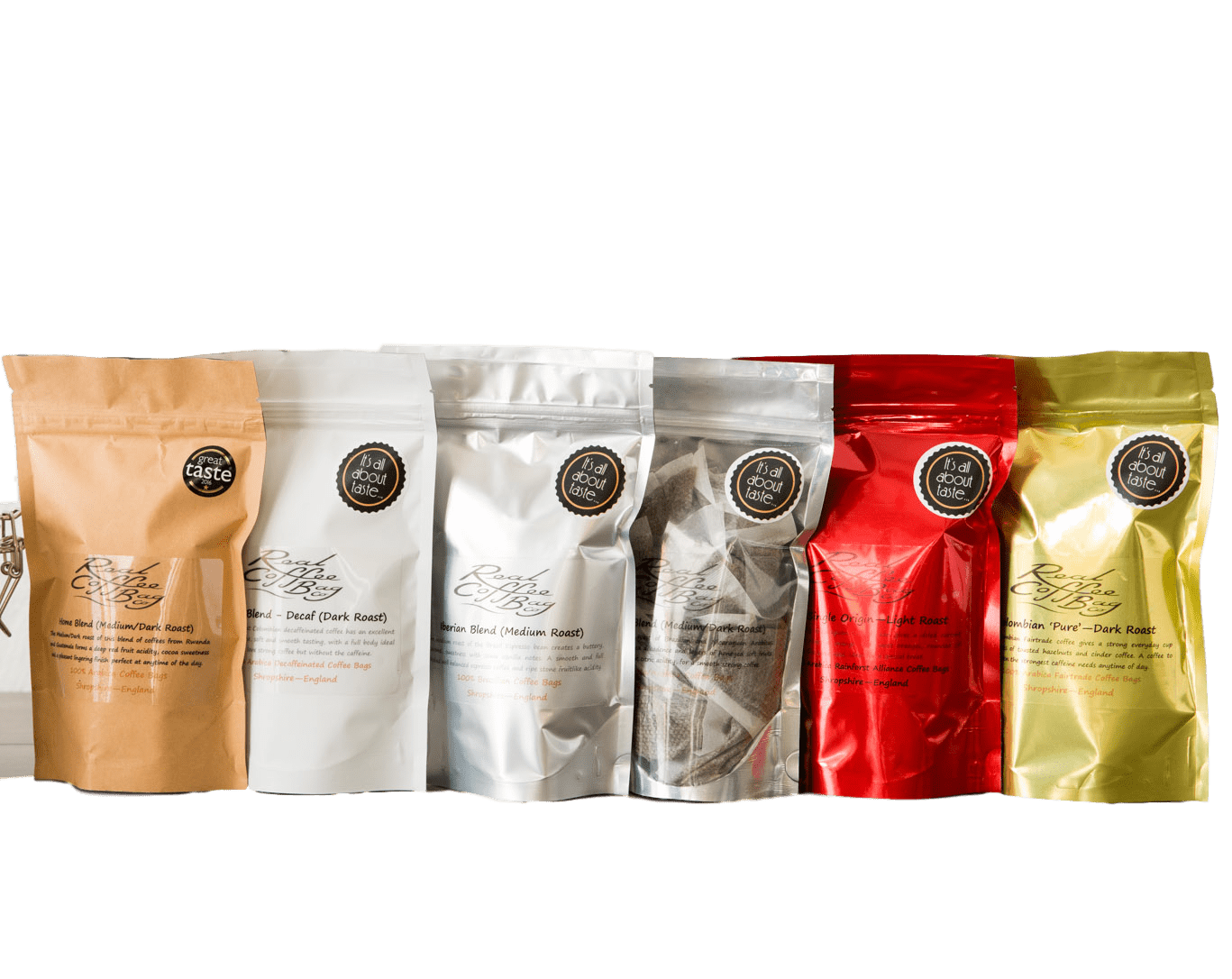
The journey of creating a compelling flexible packaging design starts with gaining insight into your target demographic. Thoroughly understand their needs, preferences, and factors that


